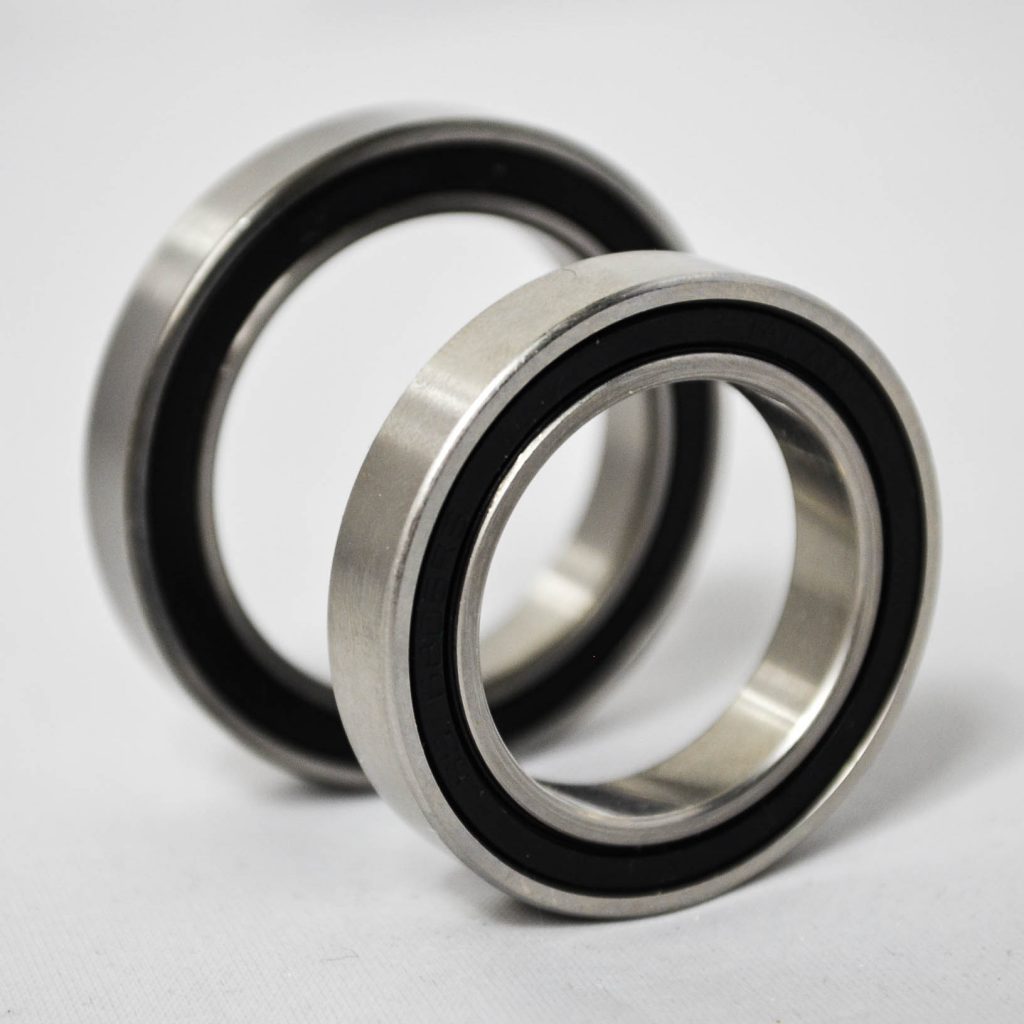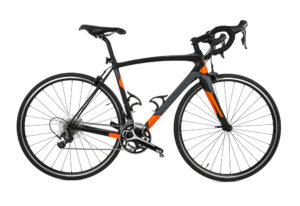Choosing the right bearings for your bike is crucial not only for smooth operation but also for ensuring its longevity and performance. From wheel bearings to headset bearings, each component plays a vital role in the overall functionality of your bike. Here’s a detailed step-by-step guide to help you navigate through the process and select the perfect bearings for your needs.
Are you looking for the right bearing for your bike? Choosing the right bearings for your bike is crucial not only for smooth operation but also for ensuring its longevity and performance. From wheel bearings to headset bearings, each component plays a vital role in the overall functionality of your bike. Here’s more information on how to just the right bearing:
Find the Right Type of Bearing
Bikes comprise various bearings, each serving a specific purpose. Wheel bearings, headset bearings, bottom bracket bearings, and pedal bearings are among the most common types. Start by identifying which bearings require replacement or upgrade based on your bike’s maintenance needs.
Get the Right Bearing Size
Bearing sizes vary, making it essential to know the specific measurements required for your bike. Inner diameter (ID), outer diameter (OD), and width are the key dimensions to consider. Refer to your bike’s manual or measure the existing bearings accurately to ensure compatibility.
Find the Best Quality for Your Situation
Be sure to choose high-quality bearings from reputable brands. Superior bearings often feature better seals, smoother surfaces, and durable materials, enhancing overall performance and longevity. Investing in quality bearings can significantly improve your biking experience and minimize maintenance requirements.
Get to Know Material and Seals
Bearings are commonly crafted from steel, ceramic, or hybrid materials. Ceramic bearings, renowned for their smoothness and durability, offer exceptional performance but often come at a higher price point. Additionally, consider the type of seals or shields on the bearings, as they influence their ability to withstand dirt and moisture, thus impacting longevity.
Make Sure It’s Compatible
Ensure the bearings you select are compatible with your bike’s components. Different bike models may require specific types or sizes of bearings. Double-check compatibility to avoid installation issues or potential damage to your bike.
Read Reviews and Seek Recommendations:
Before finalizing your purchase, take the time to read reviews from fellow cyclists. Their experiences can provide valuable insights into the performance and durability of the bearings you’re considering. Seeking recommendations from experienced cyclists or bike mechanics can also offer valuable guidance.
Honor Your Budget
While prioritizing quality is essential, it’s equally important to consider your budget. Strike a balance between cost and expected performance, aiming to invest in bearings that offer optimal performance without exceeding your budget constraints. Remember that quality bearings can yield long-term savings by reducing maintenance and replacement costs.
Installation and Maintenance
Factor in the ease of installation and maintenance when selecting bearings. Some bearings may require specialized tools or professional installation, while others can be easily installed at home. Additionally, consider the maintenance requirements to ensure your bearings remain in optimal condition for extended periods.
Navigating the array of bearing options for your bike demands a nuanced understanding of their distinctive features and applications. If you have any questions about which bearings you should use, don’t hesitate to get in touch. You can also check with your bike manufacturer to make sure you are making the best choice for your bike.
Share this post:



